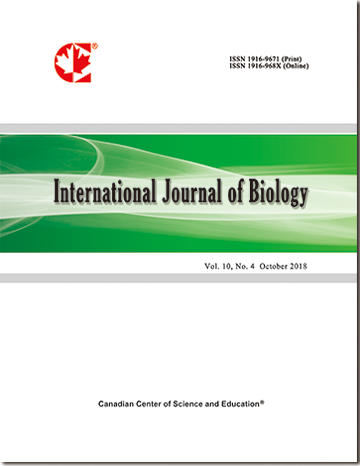The In vivo Biochemical and Oxidative Changes by Ethanol and Opium Consumption in Syrian Hamsters
- Abbas Mohammadi
- Fateme Mirzaei
- Mohammad Jamshidi
- Reza Yari
- Solmaz Pak
- Arash Sorkhani
- Parham Norouzian
- Vahideh Abdolkarimi
- Ebrahim Oshaghi
Abstract
Daily consumption of opium and alcohol can make people have many health problems, including coronary artery disease diseases (CAD) which has been found to be the most common cause death in opium addicts. The aim of this study was to investigate the effect of simultaneous consumption of alcohol and opium on the lipid profile and oxidative stress in Syrian golden hamsters. Twenty-four male golden Syrian hamsters were randomly divided into four treatment groups (n=6): 1-control (received normal chow), 2-opium (received 40 mg/kg of opium two times per day), 3-alcohol (received 6.0 g/kg of 30% ethanol two times per day), 4-combination group (received a combination of the above mentioned doses of opium and ethanol). After one month of treatment, hamsters were sacrificed and blood samples were collected. Lipid levels and atherogenic index were markedly increased in the combination group compared with the controls (p < 0.001). Serum alanine aminotransferase (ALT) (p < 0.05), aspartate aminotransferase (AST) (p < 0.05), and gamma-glutamyl transferase (GGT) (p < 0.01), were significantly increased in alcohol-treated group compared with the control animals. The increase in ALT (p < 0.01) and GGT (p < 0.001) levels were more significant in the combination group when compared with the controls. The plasma concentration of malondialdehyde (MDA) was markedly increased in the ethanol (p < 0.01), opium (p < 0.01) and combination groups (p < 0.001) compared with the controls. Glutathione (GSH), nitric oxide (NO) and catalase (CAT) levels as well as superoxide dismutase activity were markedly reduced in the ethanol (p < 0.05), opium (p < 0.05), and combination groups (p < 0.001) compared with the control group. Results of this study clearly showed that opium and ethanol are capable to provoke the oxidative stress when administered alone or in combination. Moreover, combination opium and alcohol increased total cholesterol, LDL-C, TG, VLDL-C, atherogenic index and non-HDL-C levels.
- Full Text:
 PDF
PDF
- DOI:10.5539/ijb.v5n4p14
Index
- ACNP
- AGRICOLA
- BASE (Bielefeld Academic Search Engine)
- CAB Abstracts
- CiteFactor
- CNKI Scholar
- CrossRef
- DTU Library
- Elektronische Zeitschriftenbibliothek (EZB)
- Excellence in Research for Australia (ERA)
- Google Scholar
- Infotrieve
- LIVIVO (ZB MED)
- LOCKSS
- Max Planck Institutes
- MIAR
- PKP Open Archives Harvester
- Qualis/CAPES
- ResearchGate
- ROAD
- SafetyLit
- SHERPA/RoMEO
- Technische Informationsbibliothek (TIB)
- Universe Digital Library
- WorldCat
Contact
- Ryan JonesEditorial Assistant
- ijb@ccsenet.org
